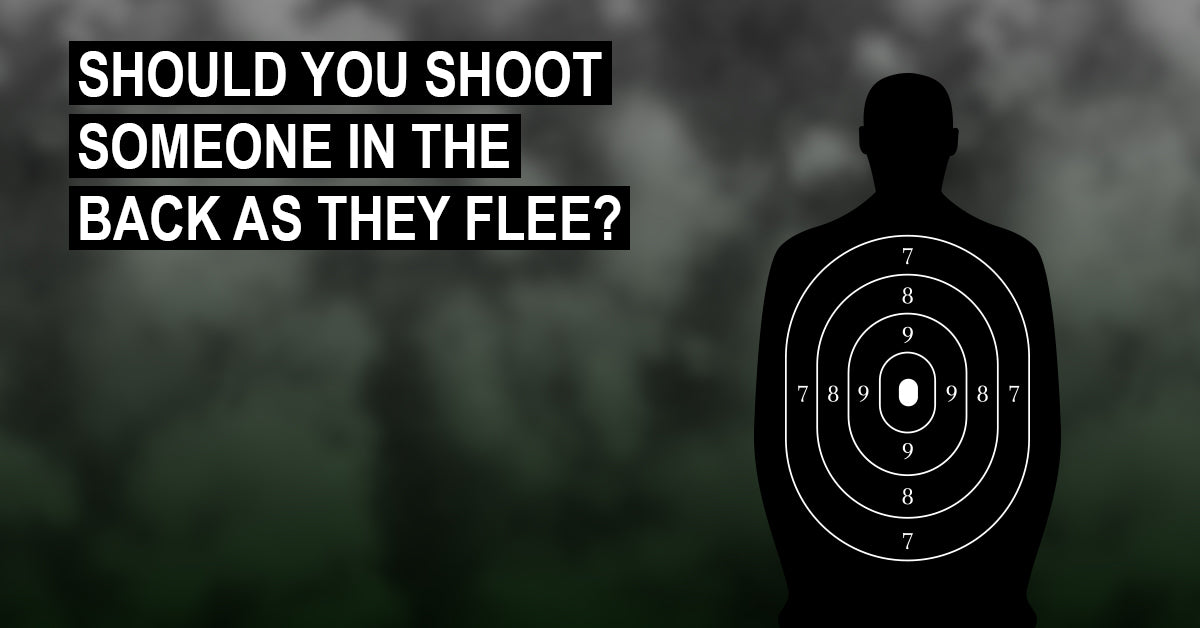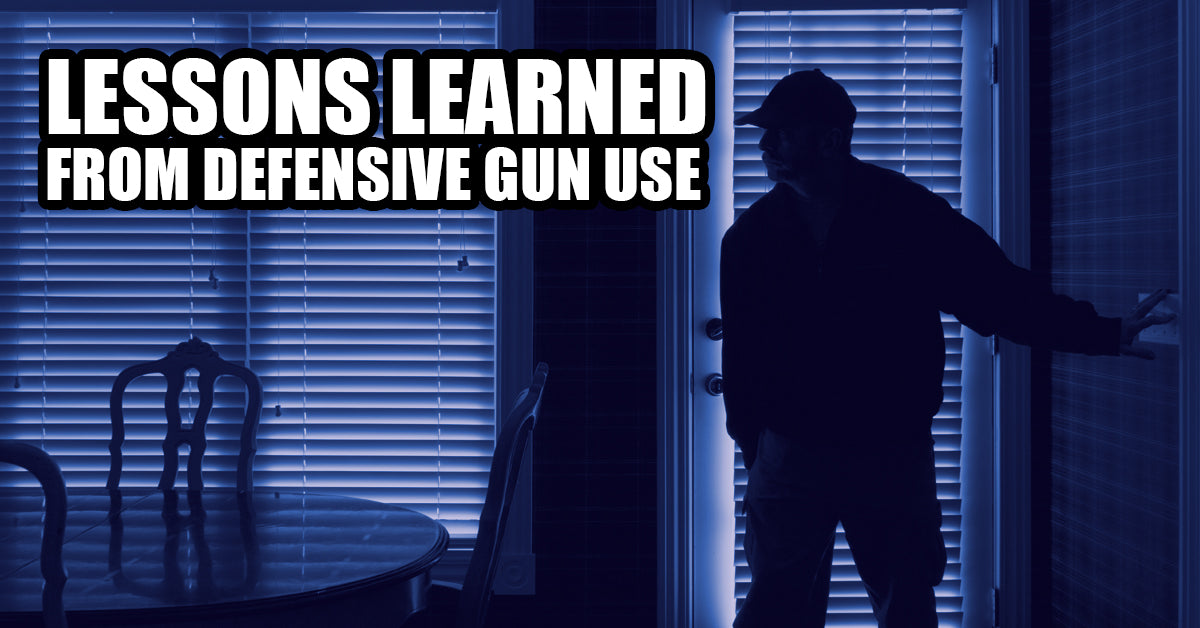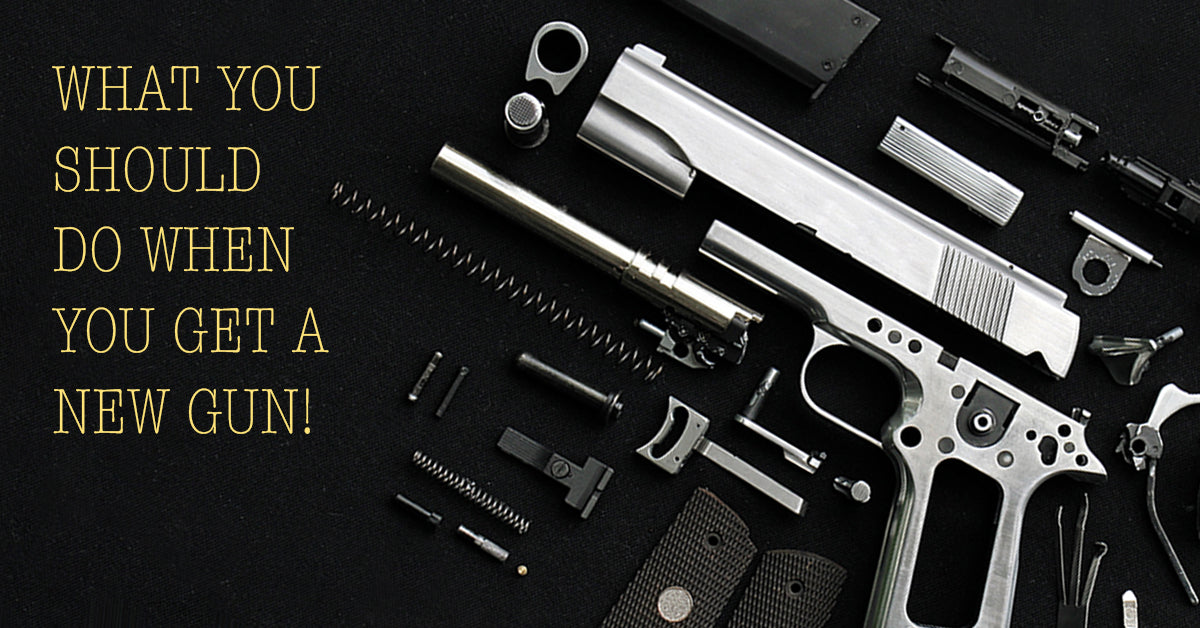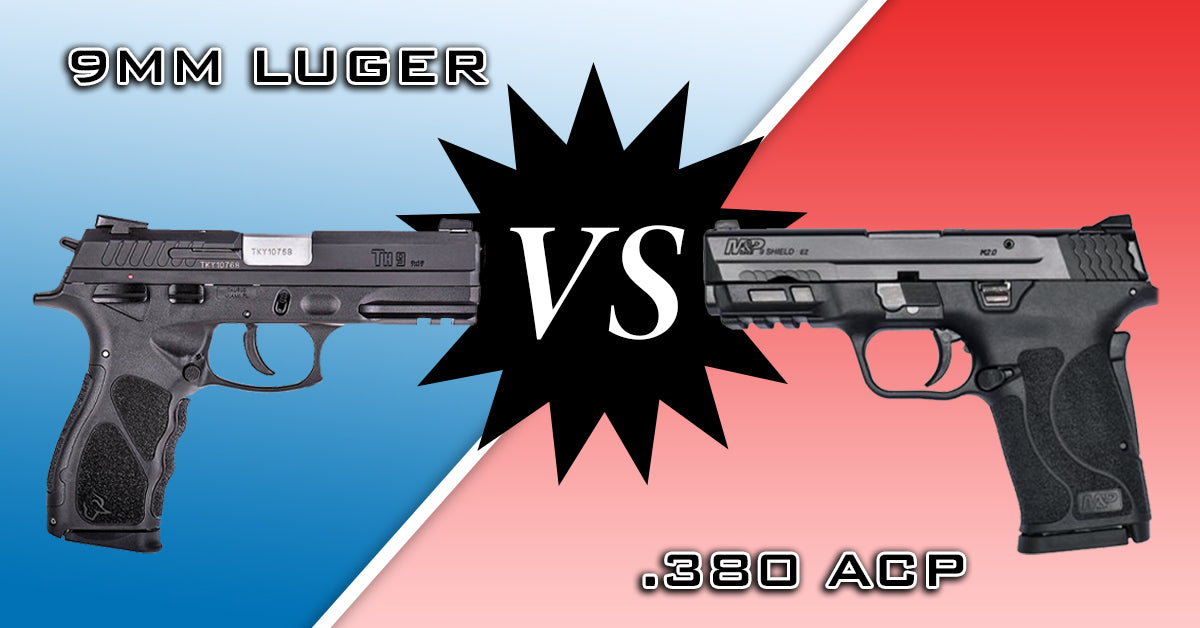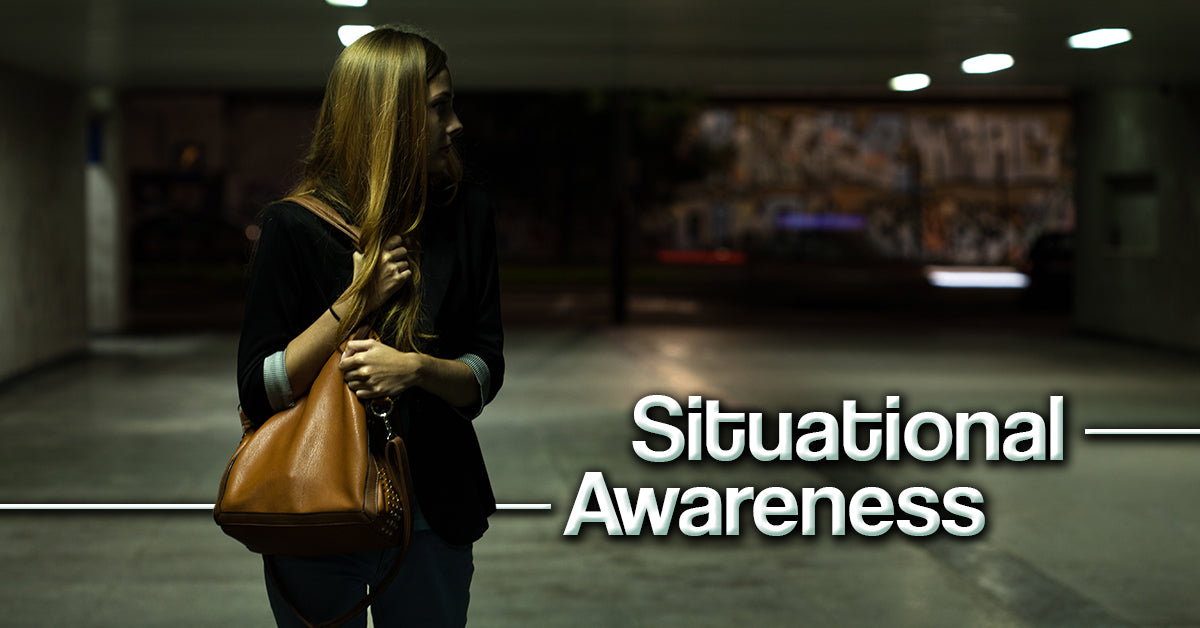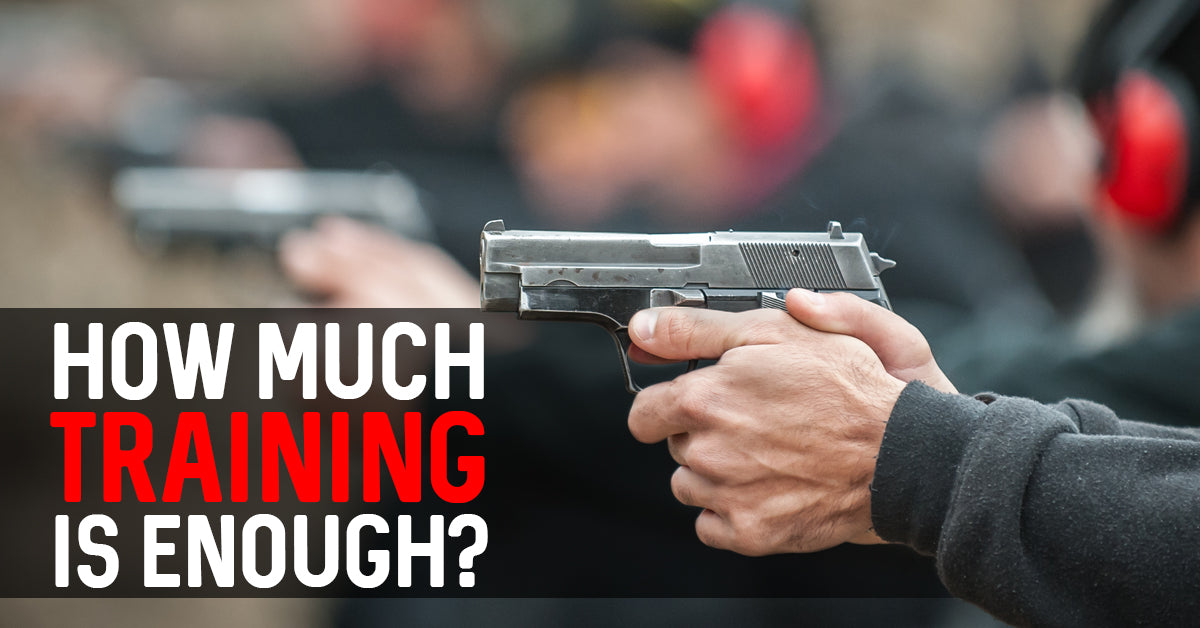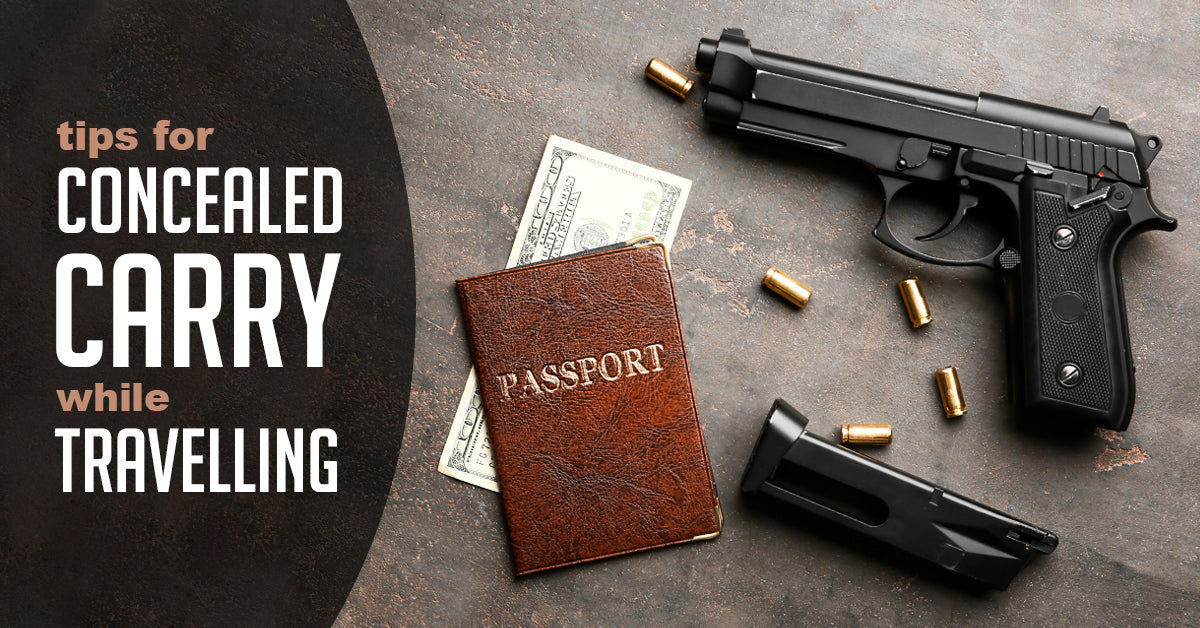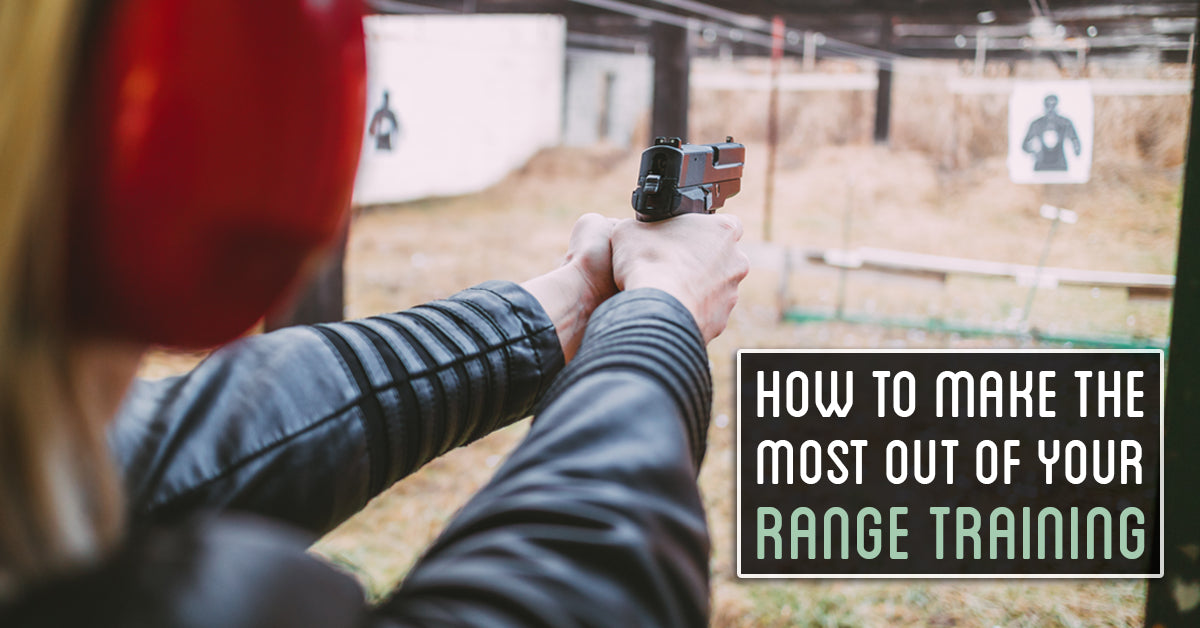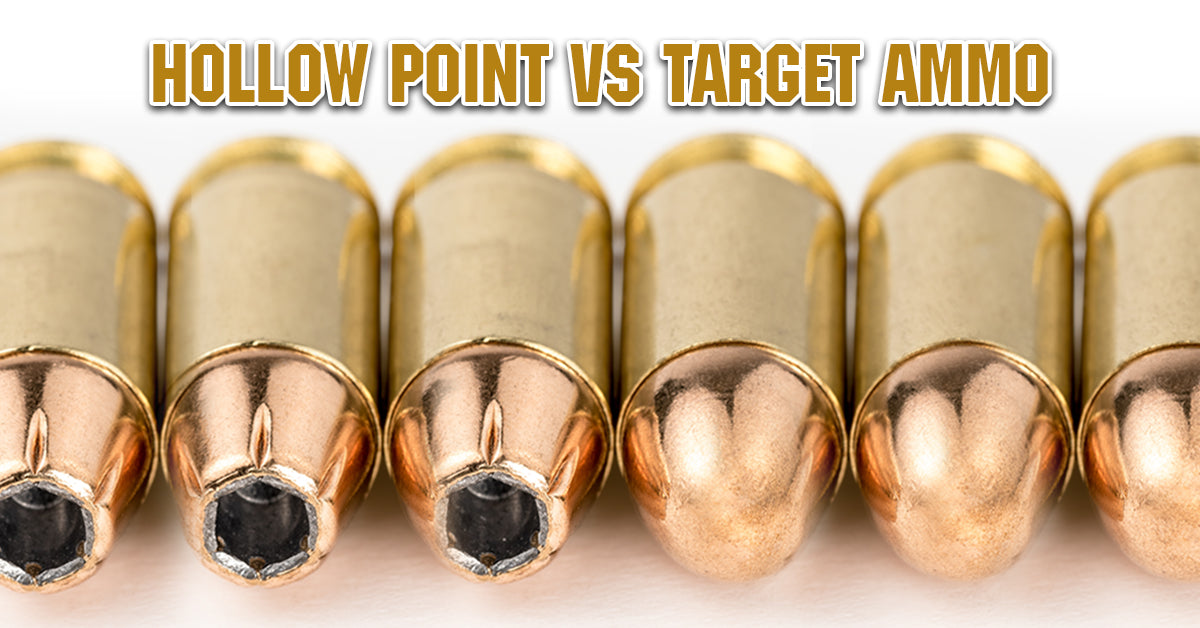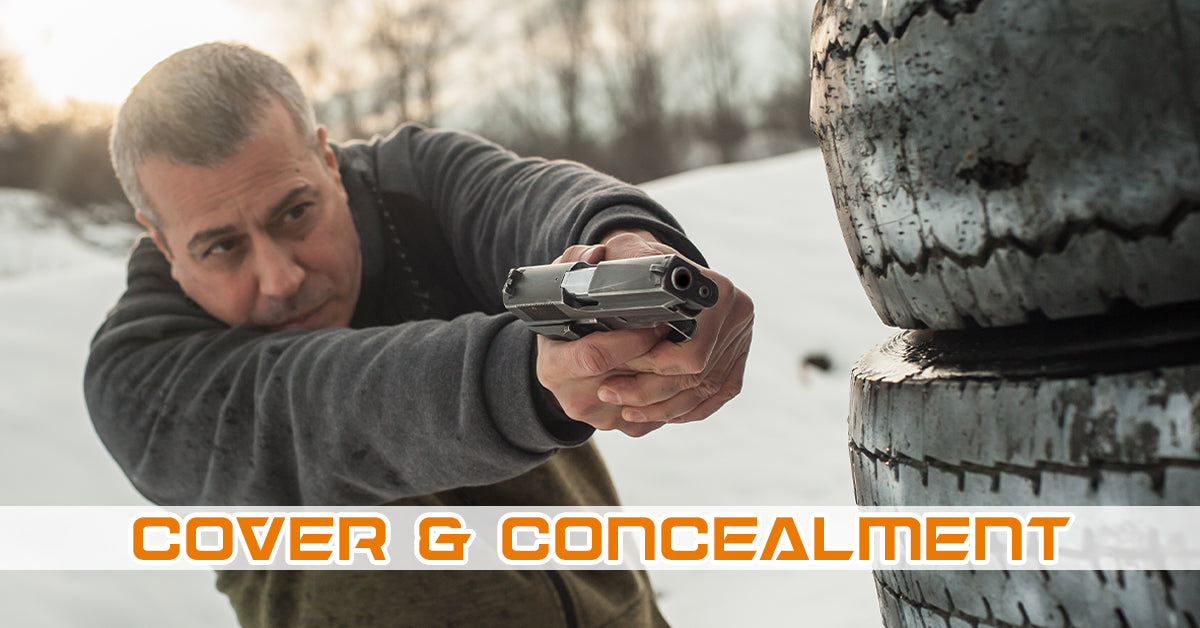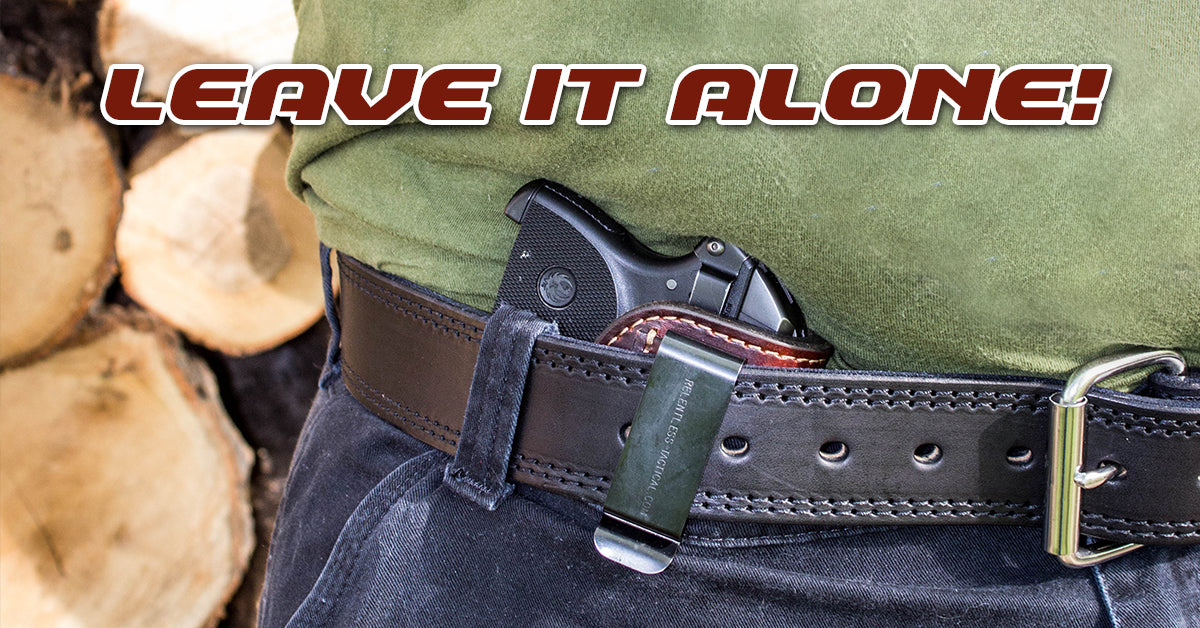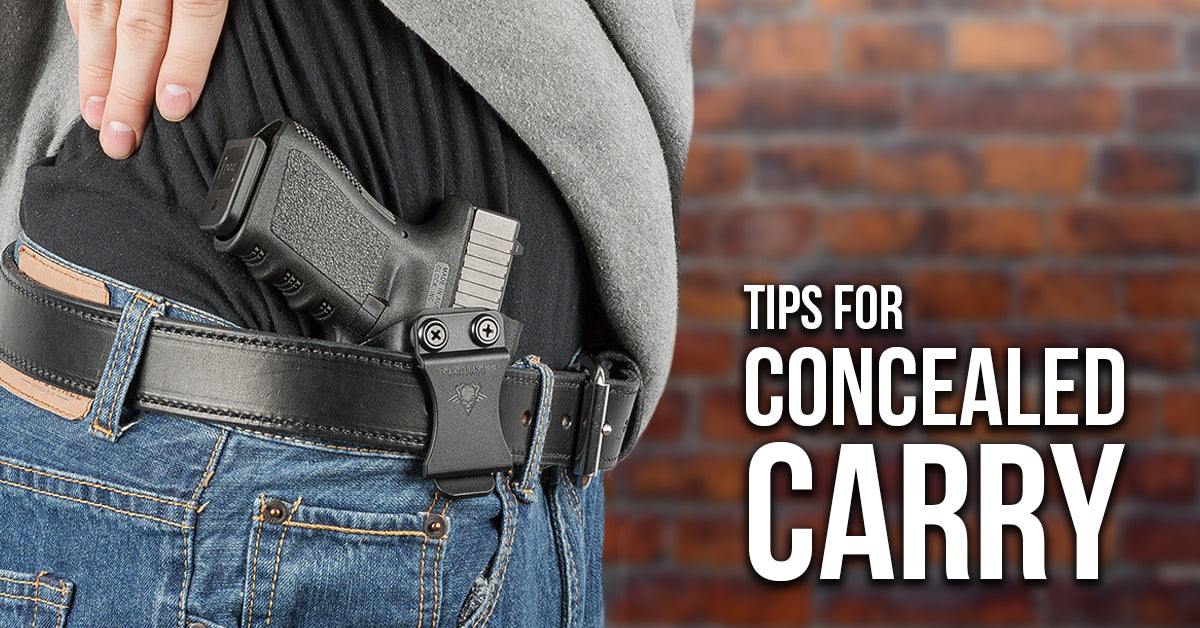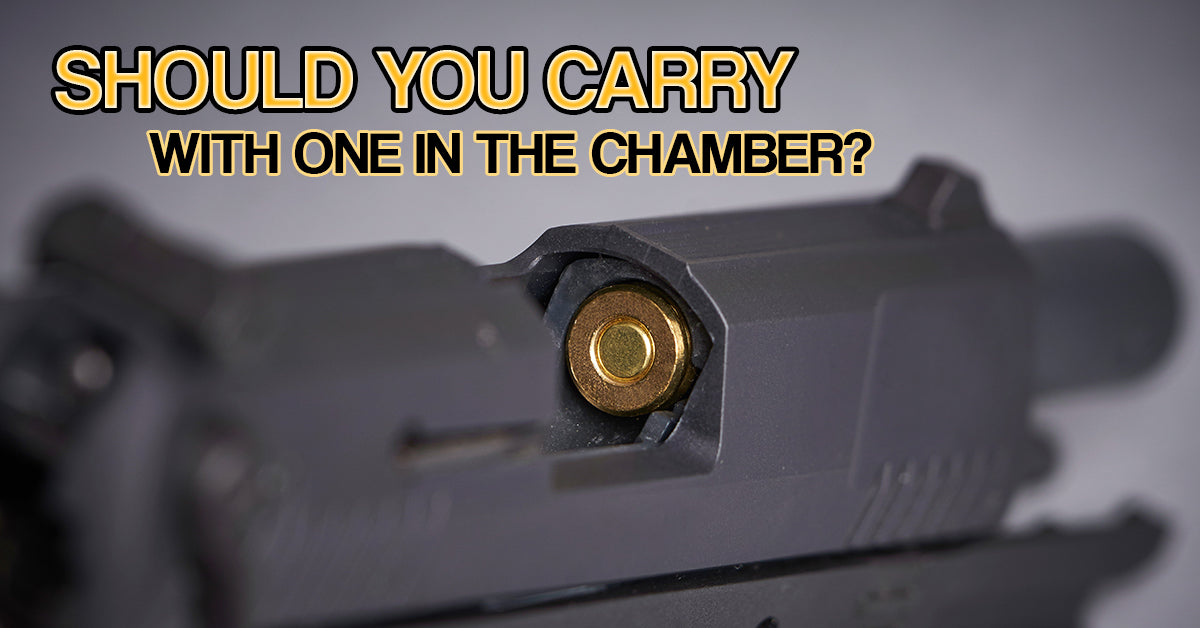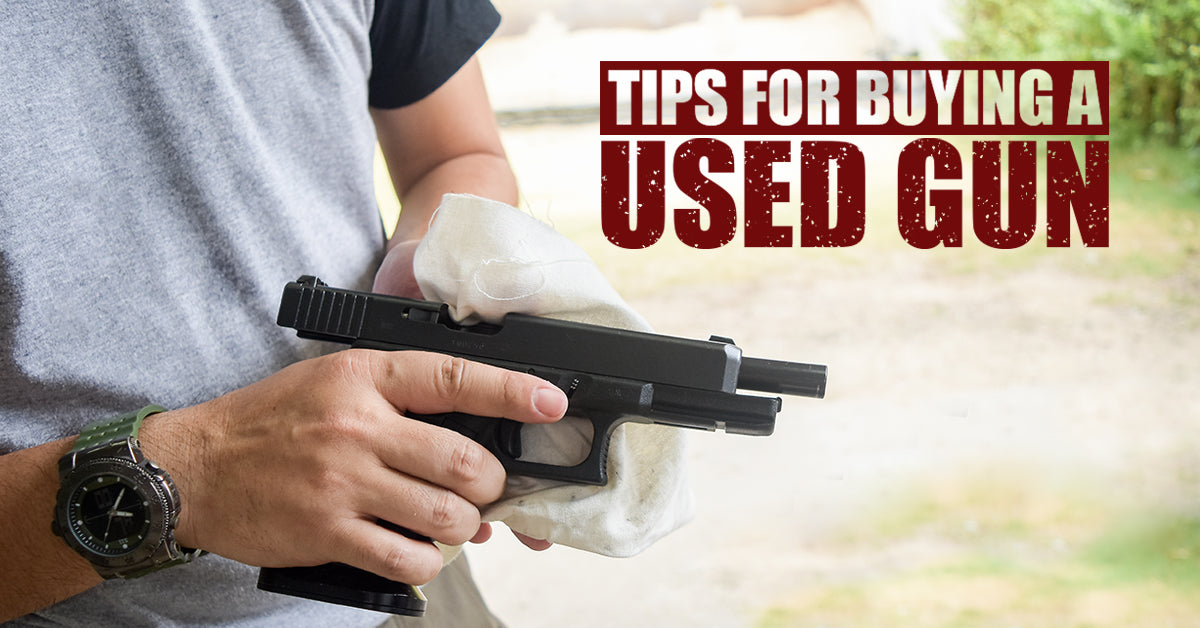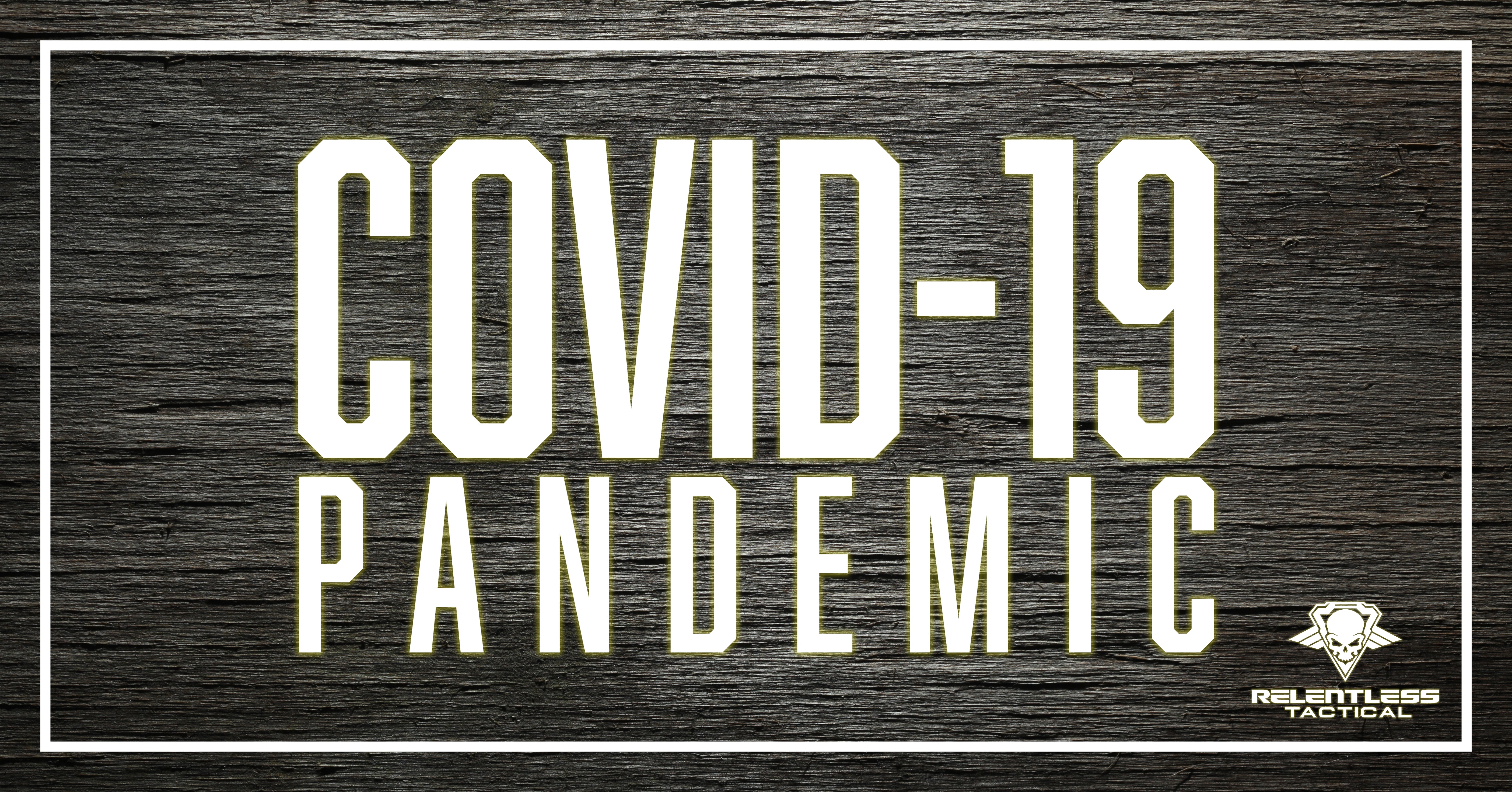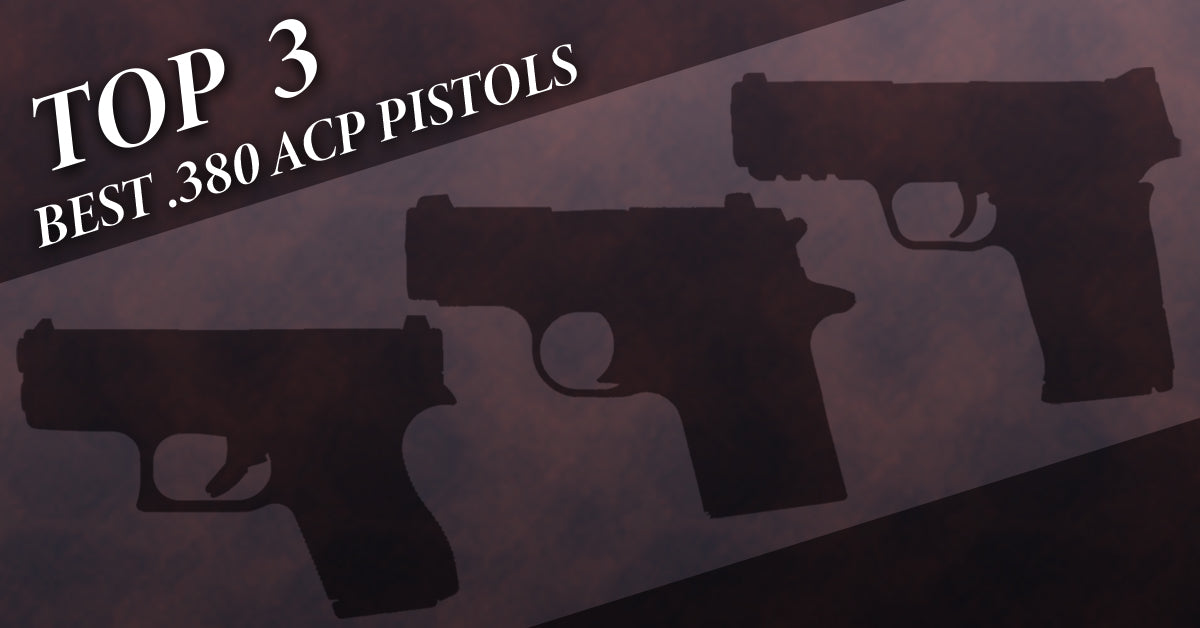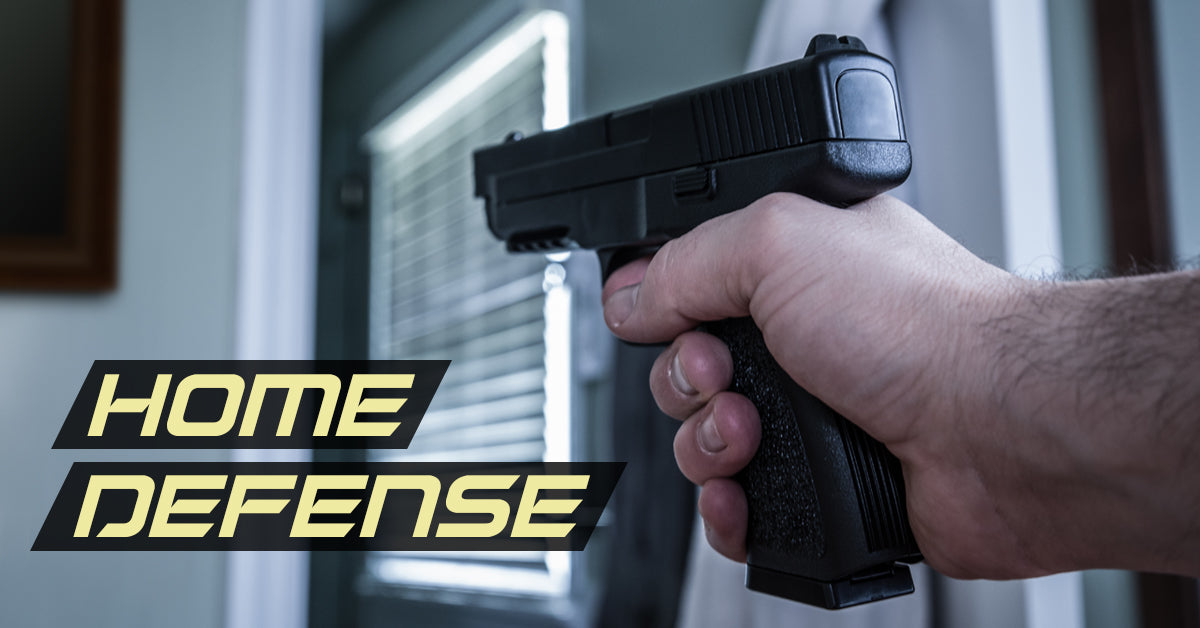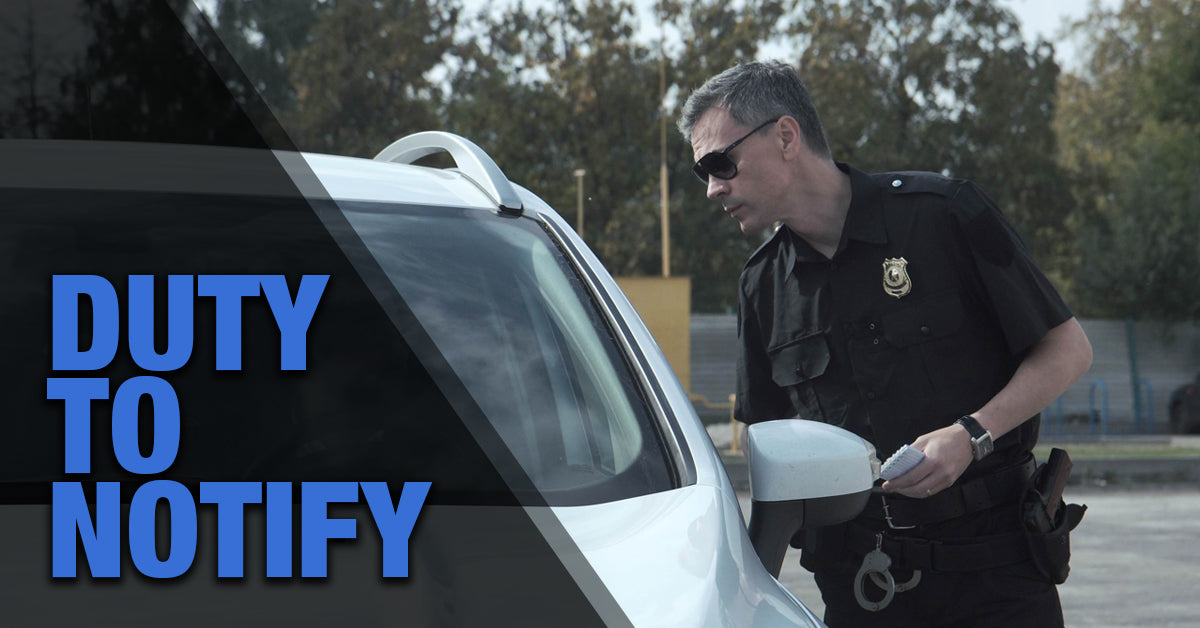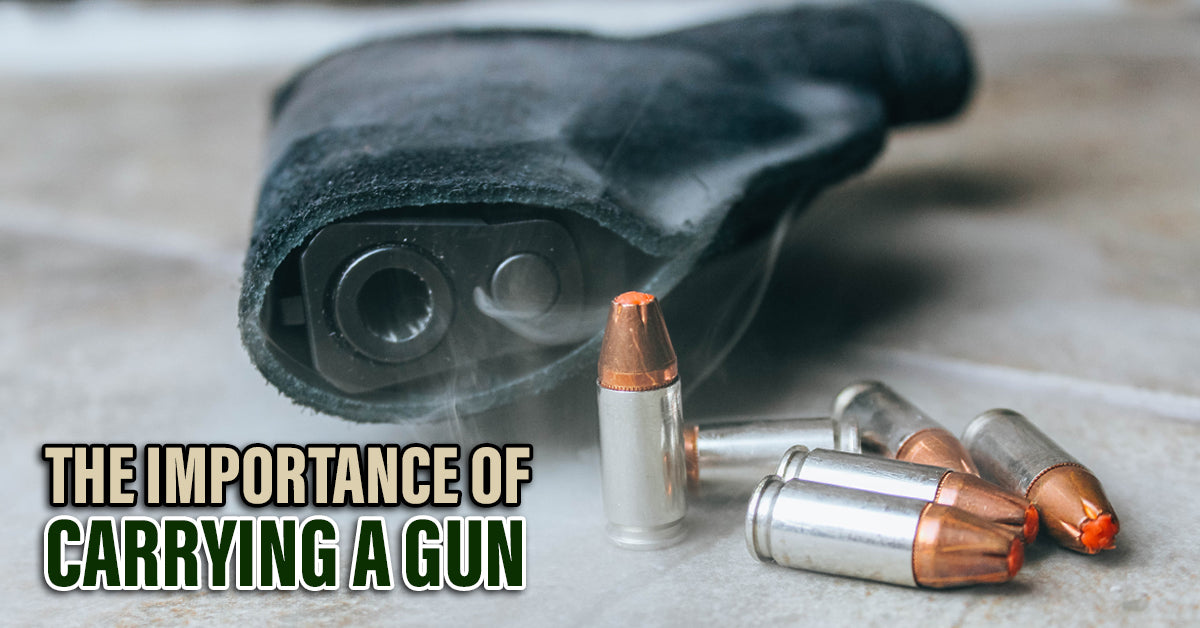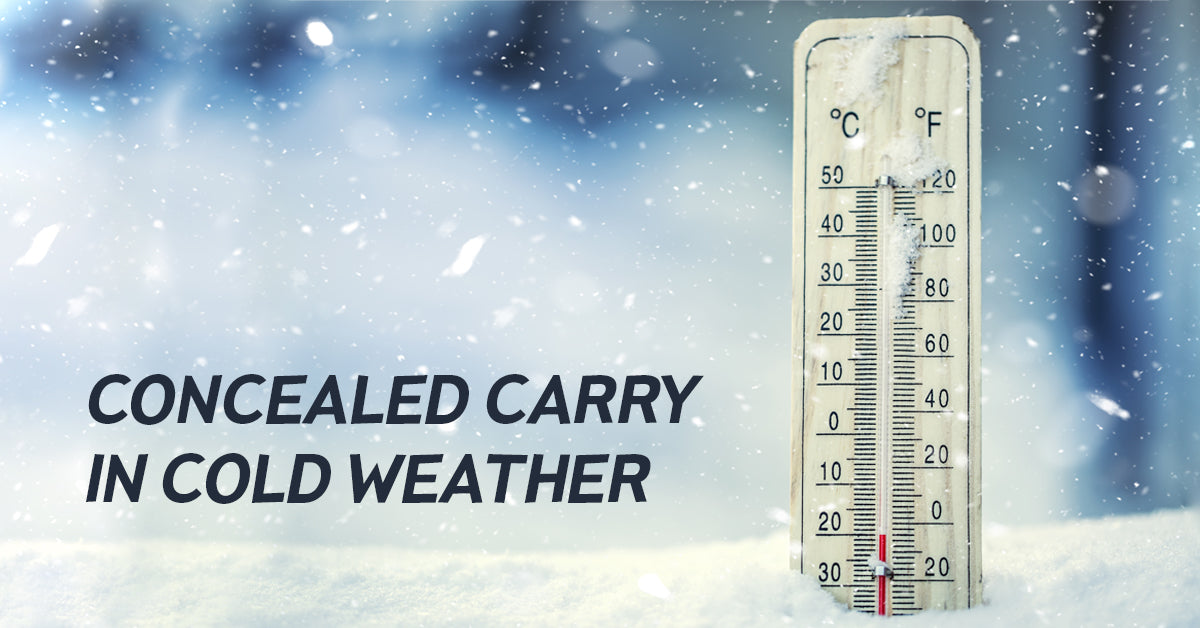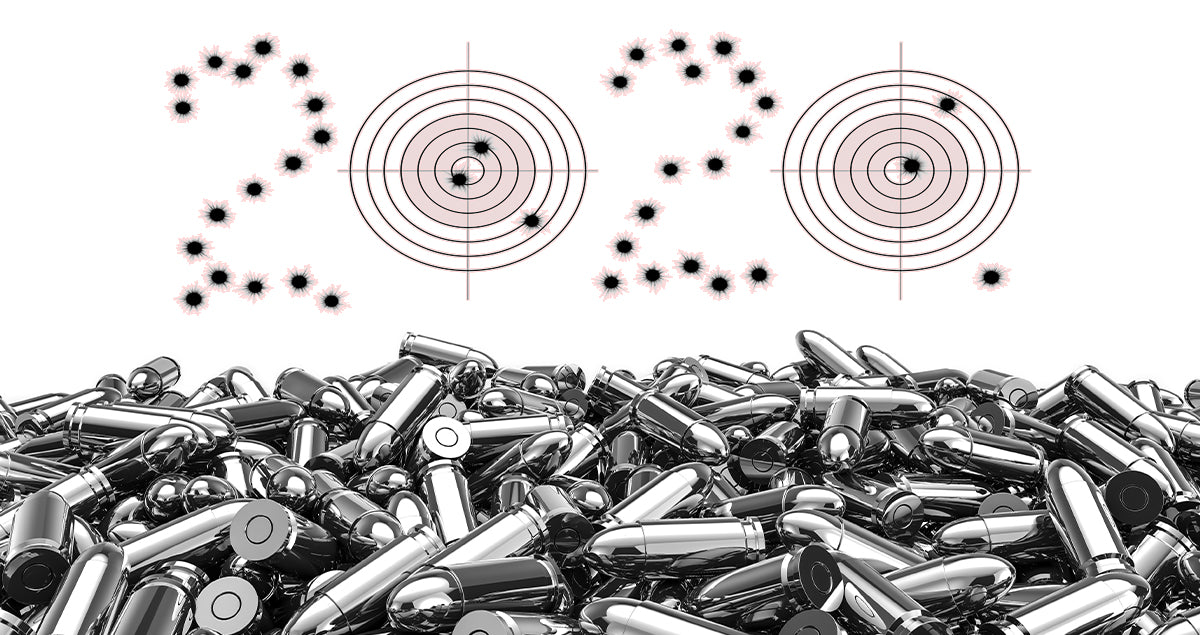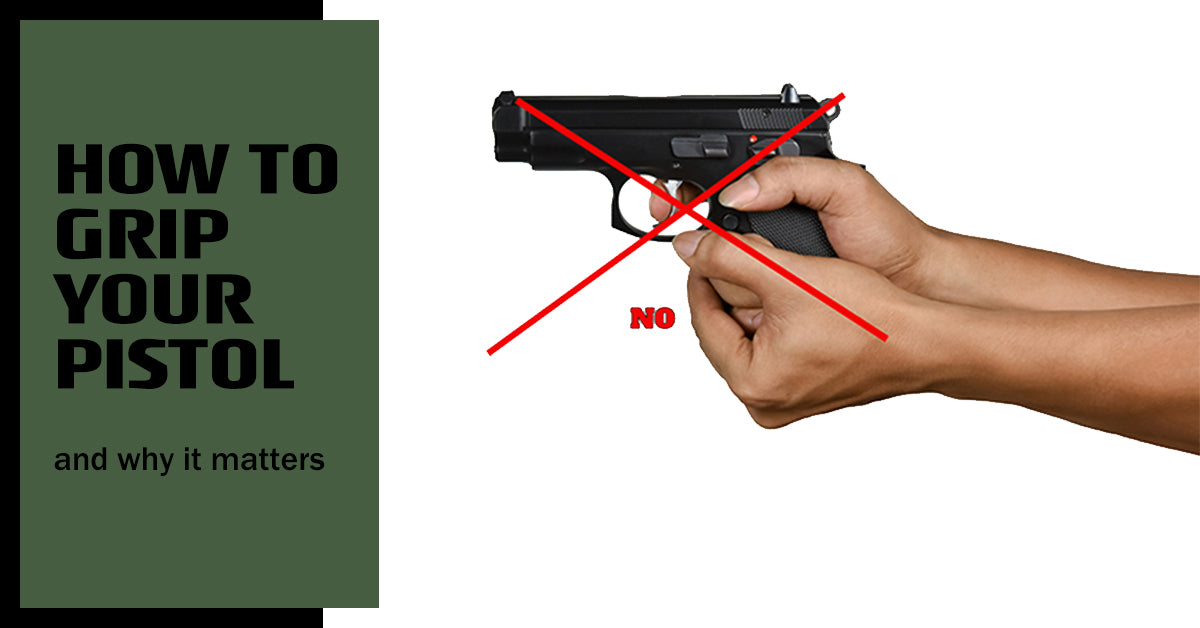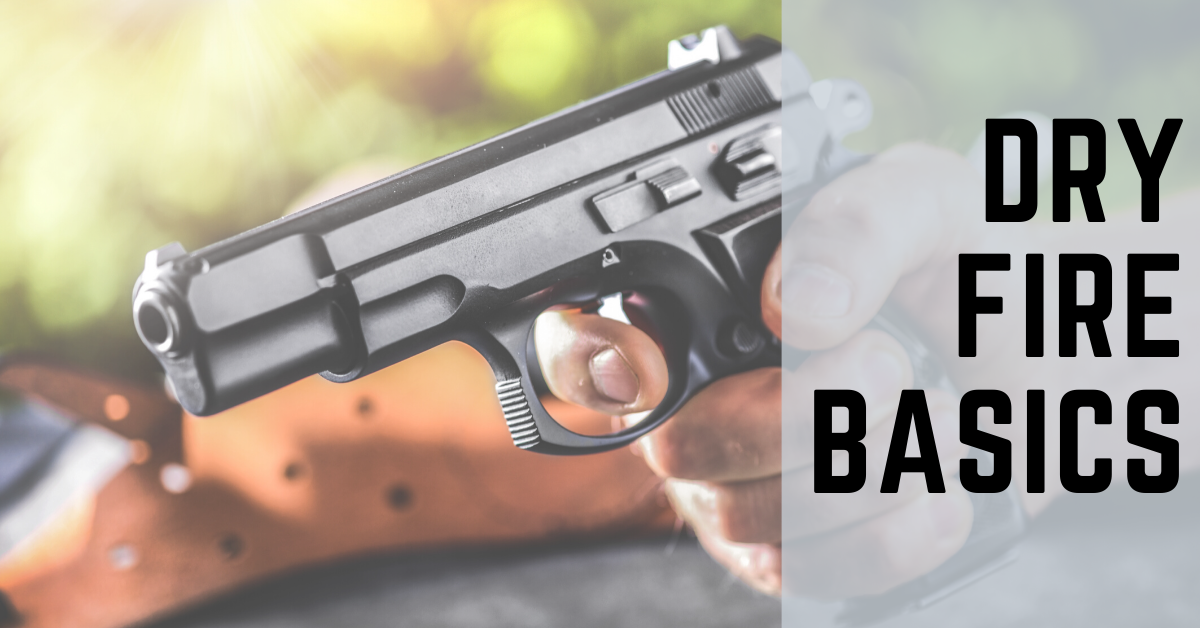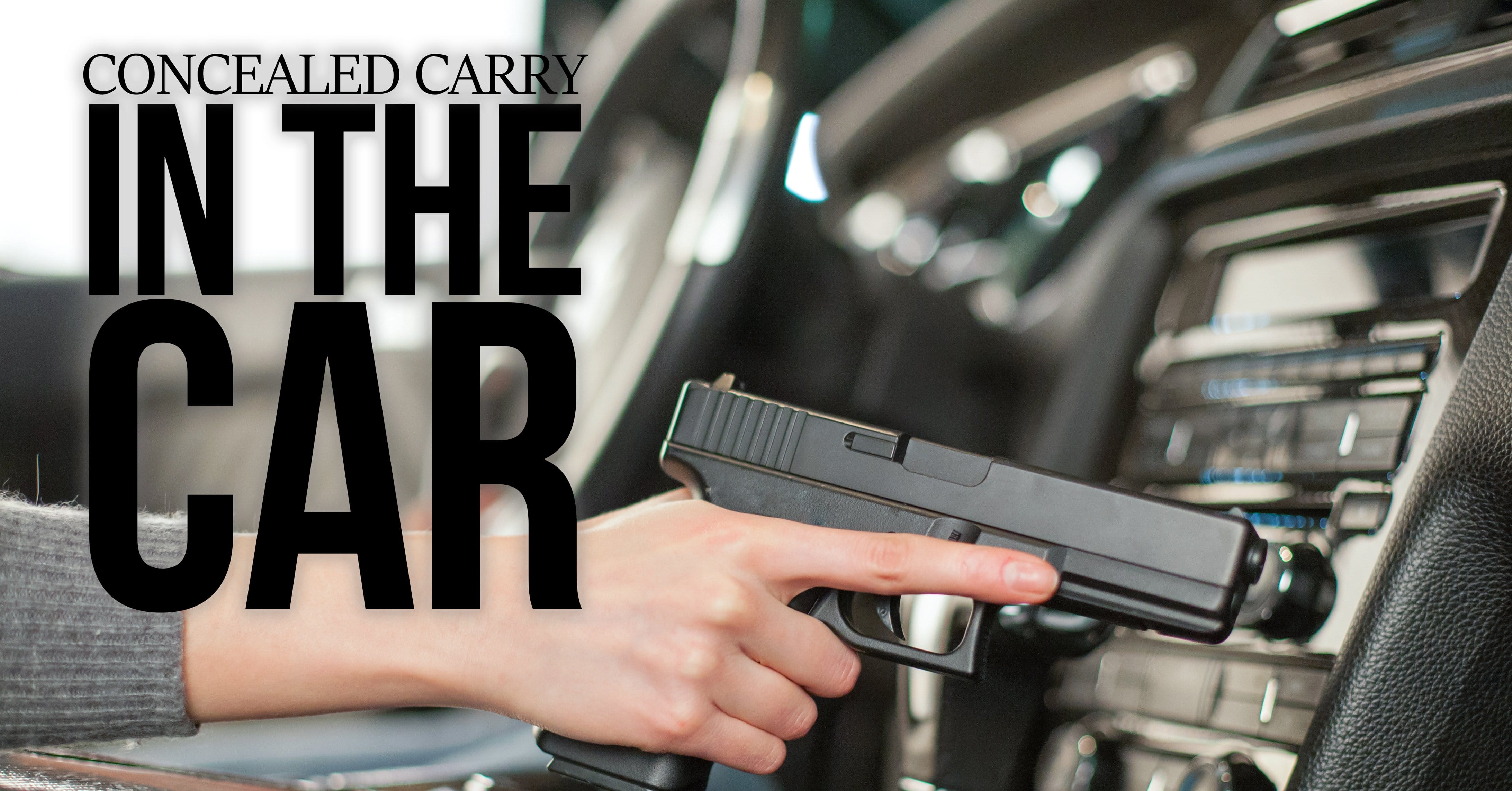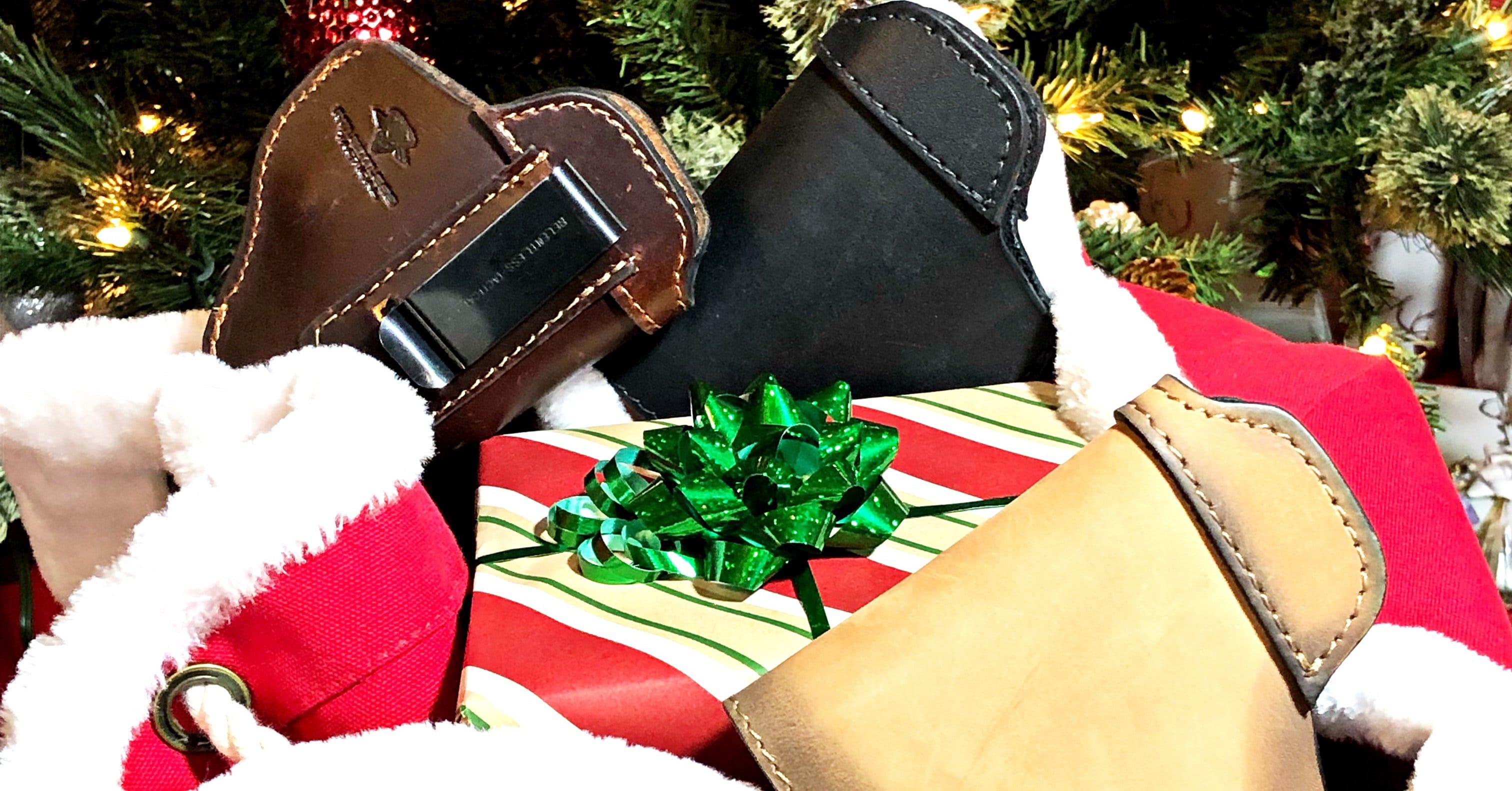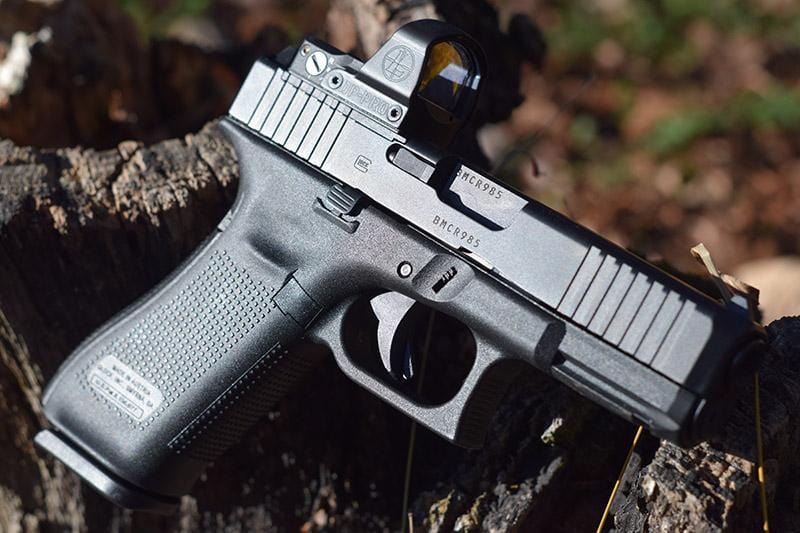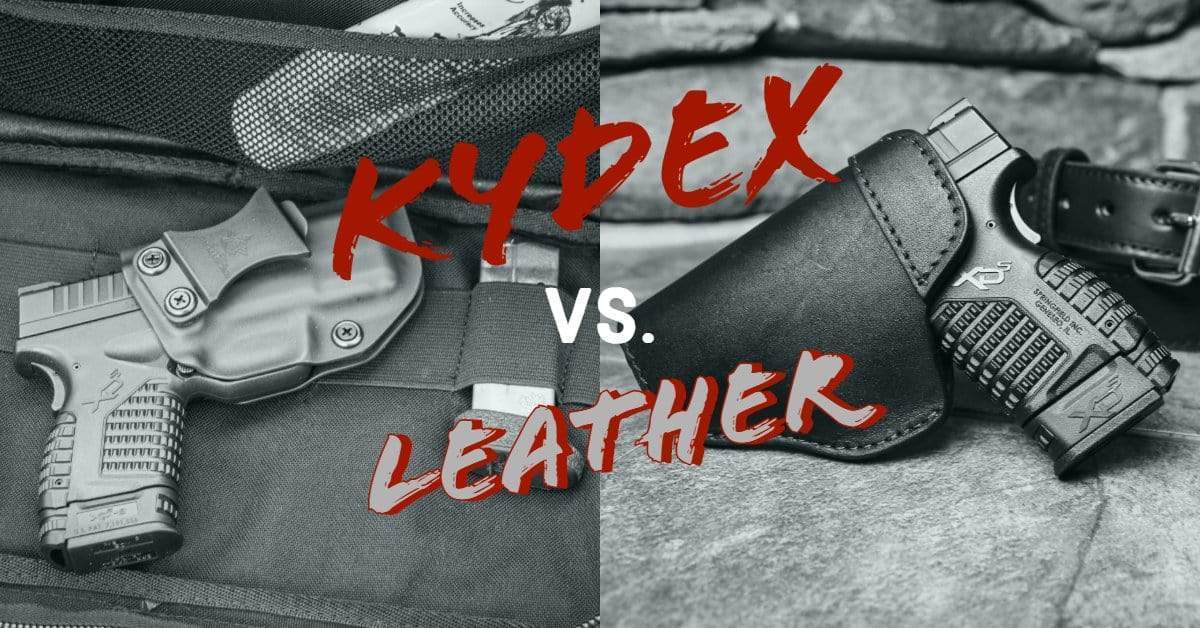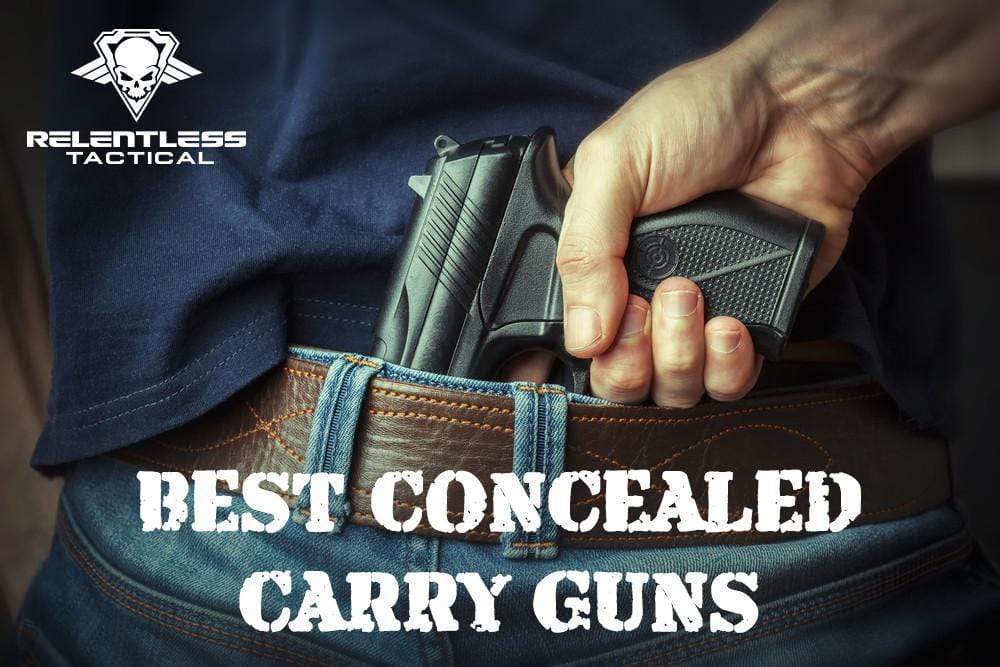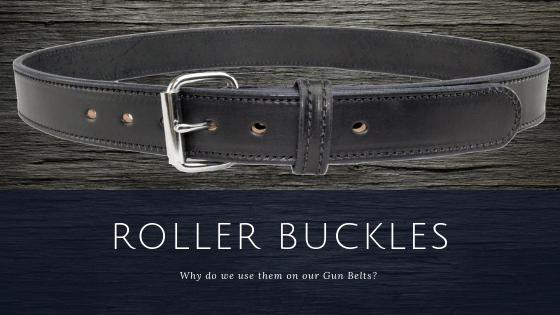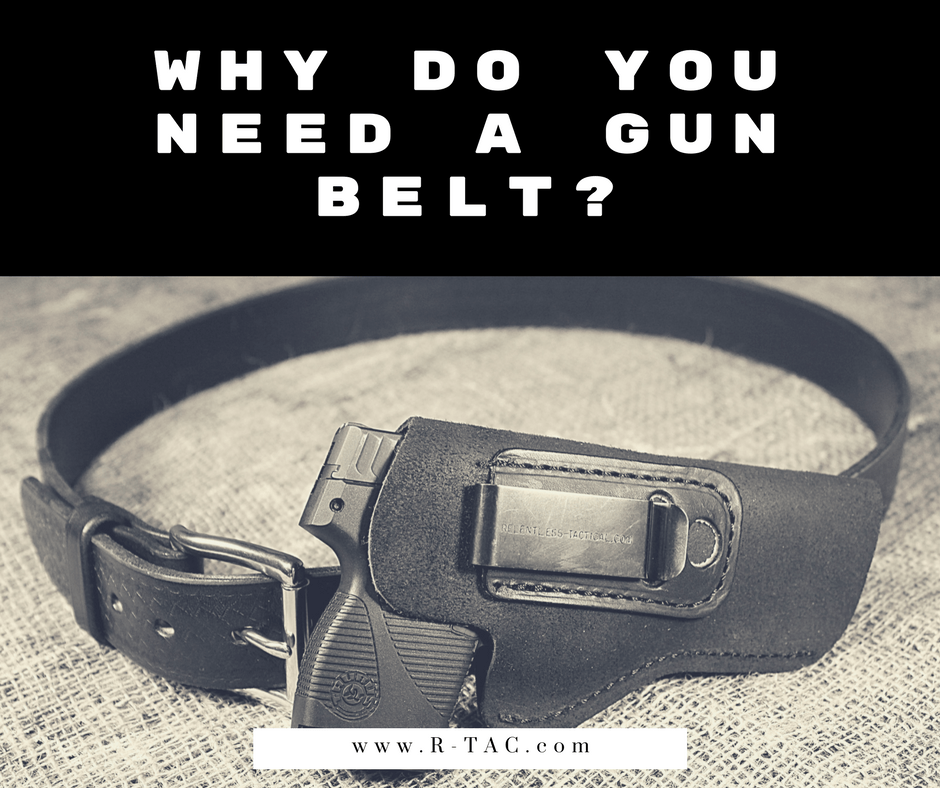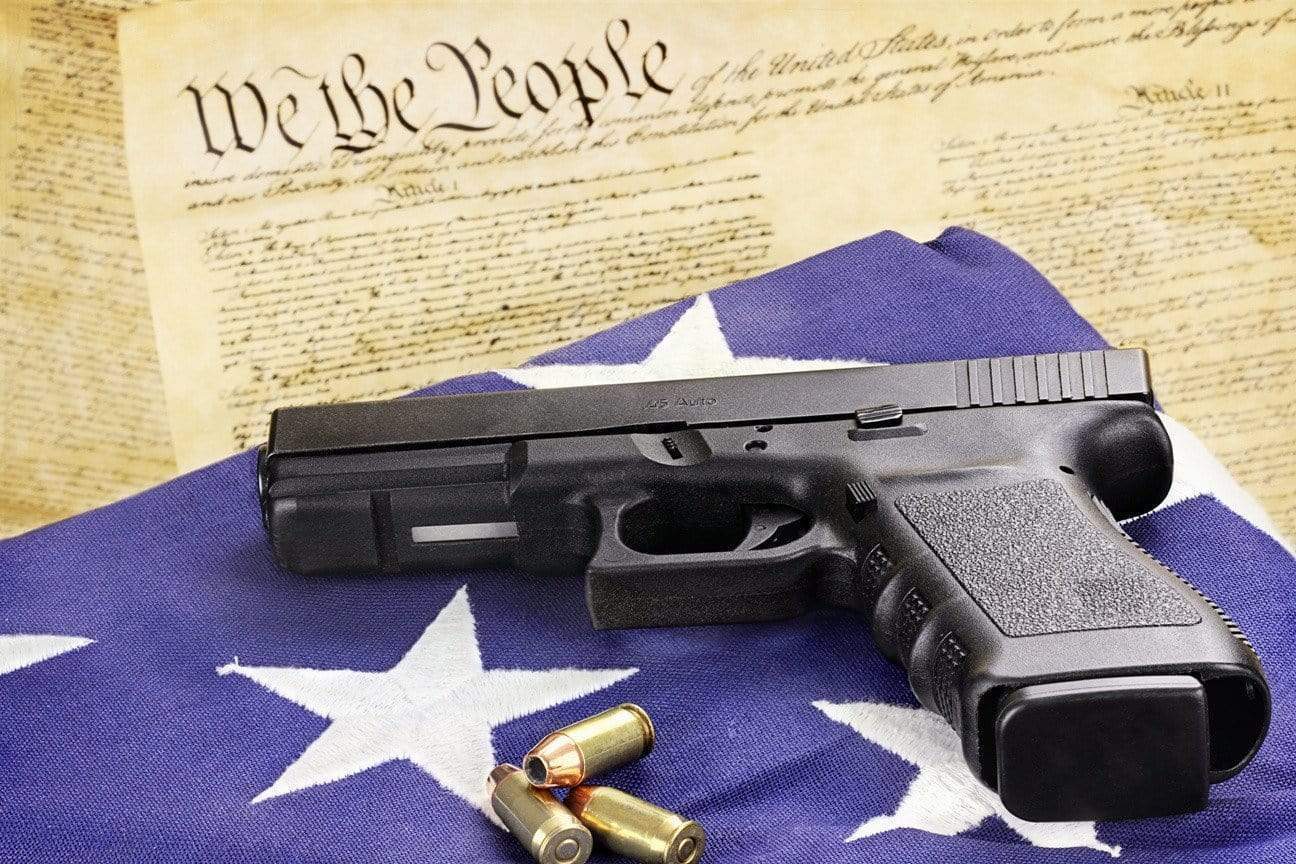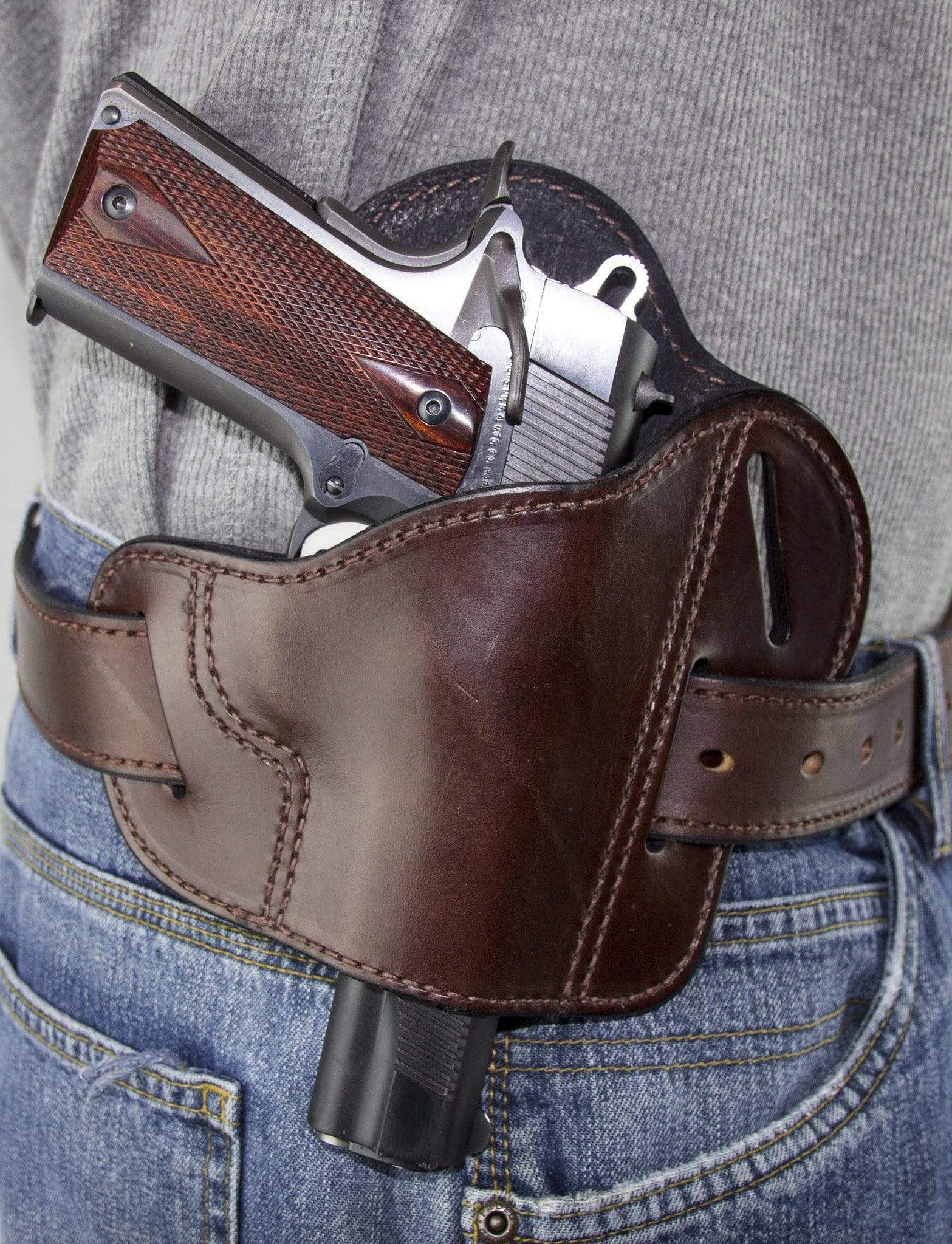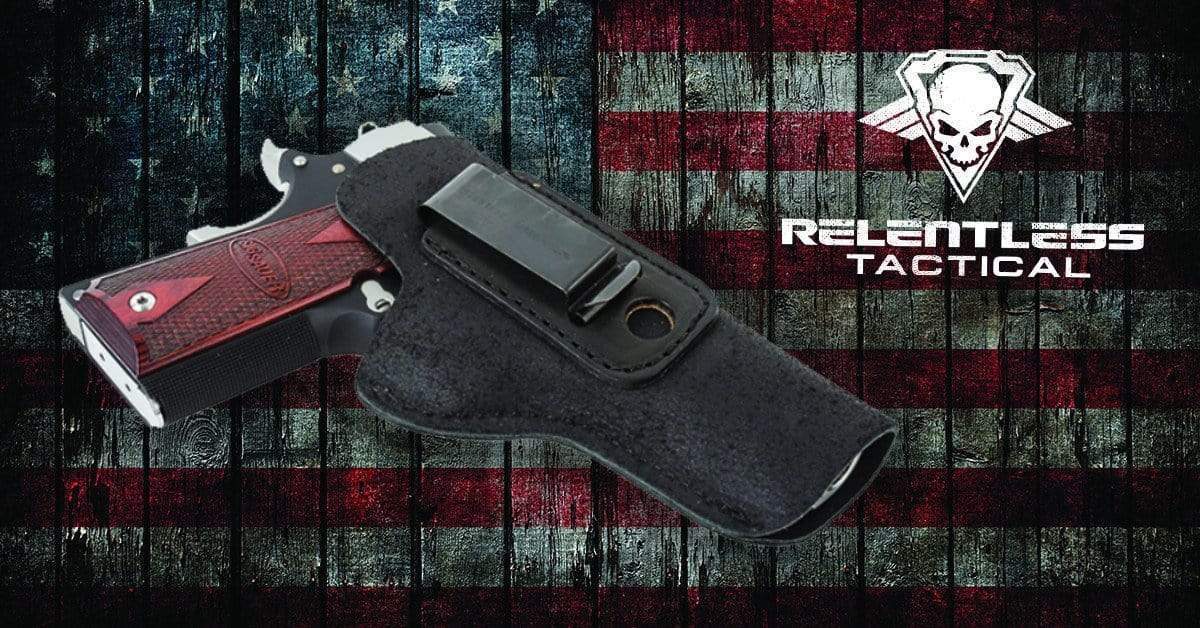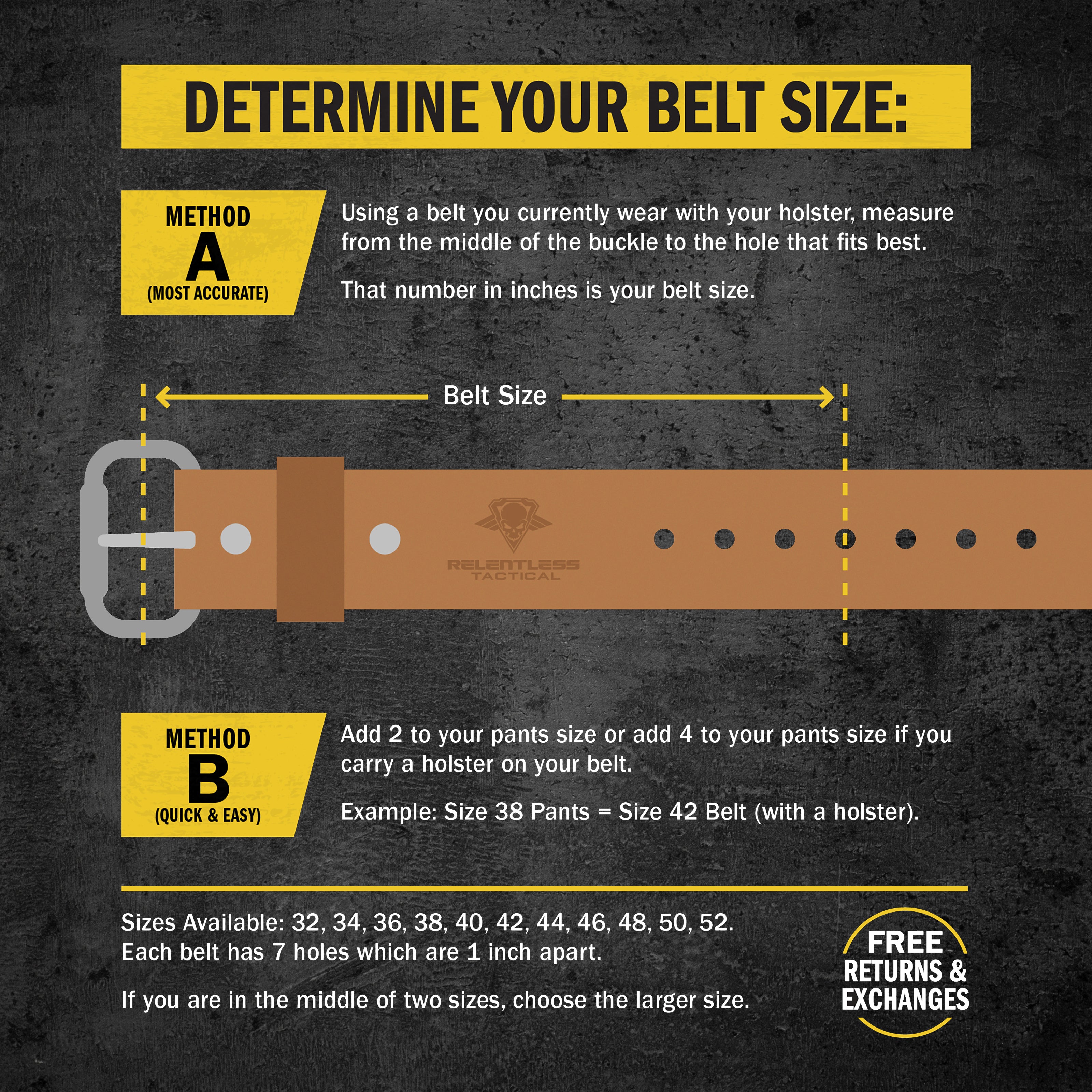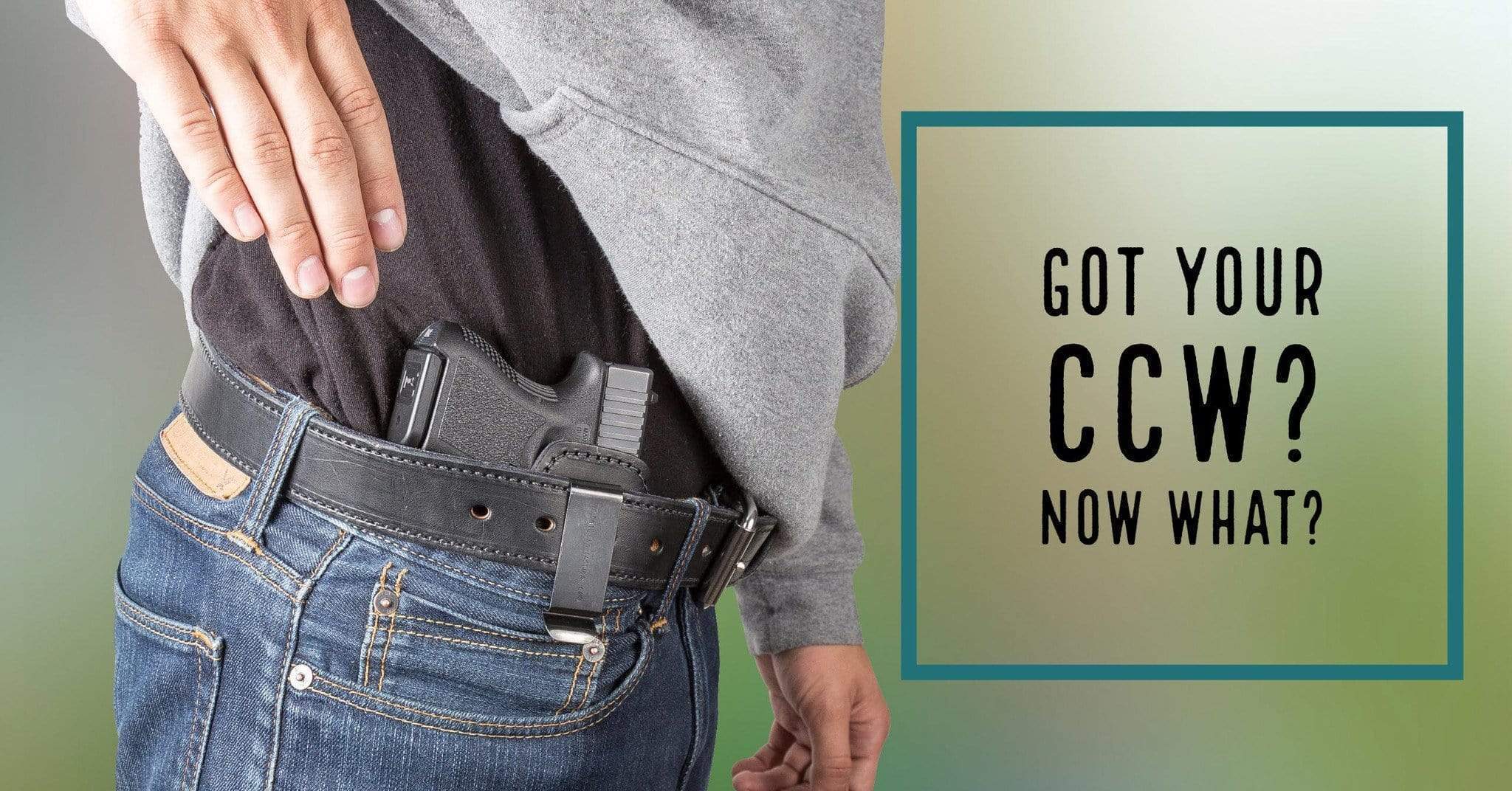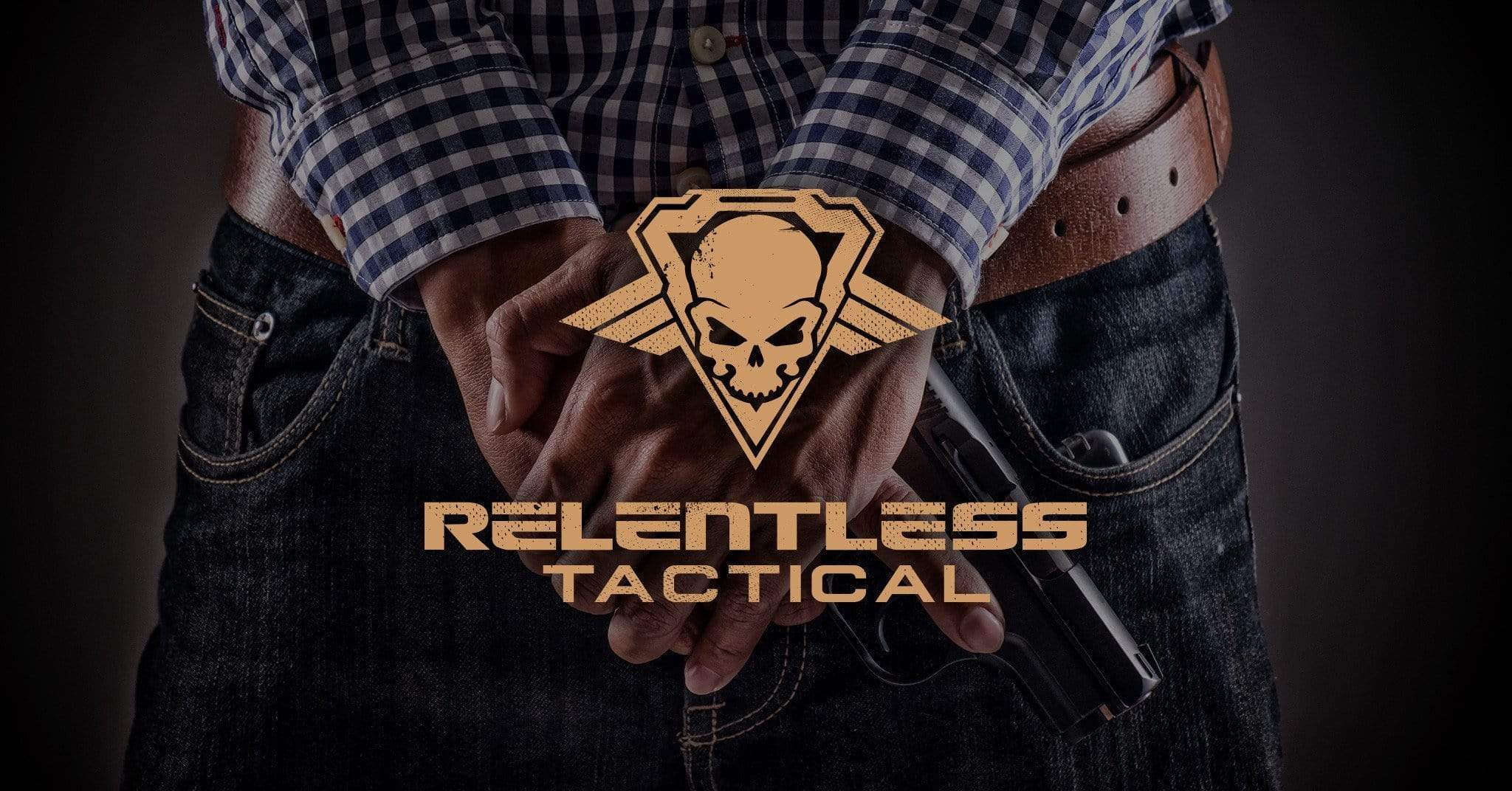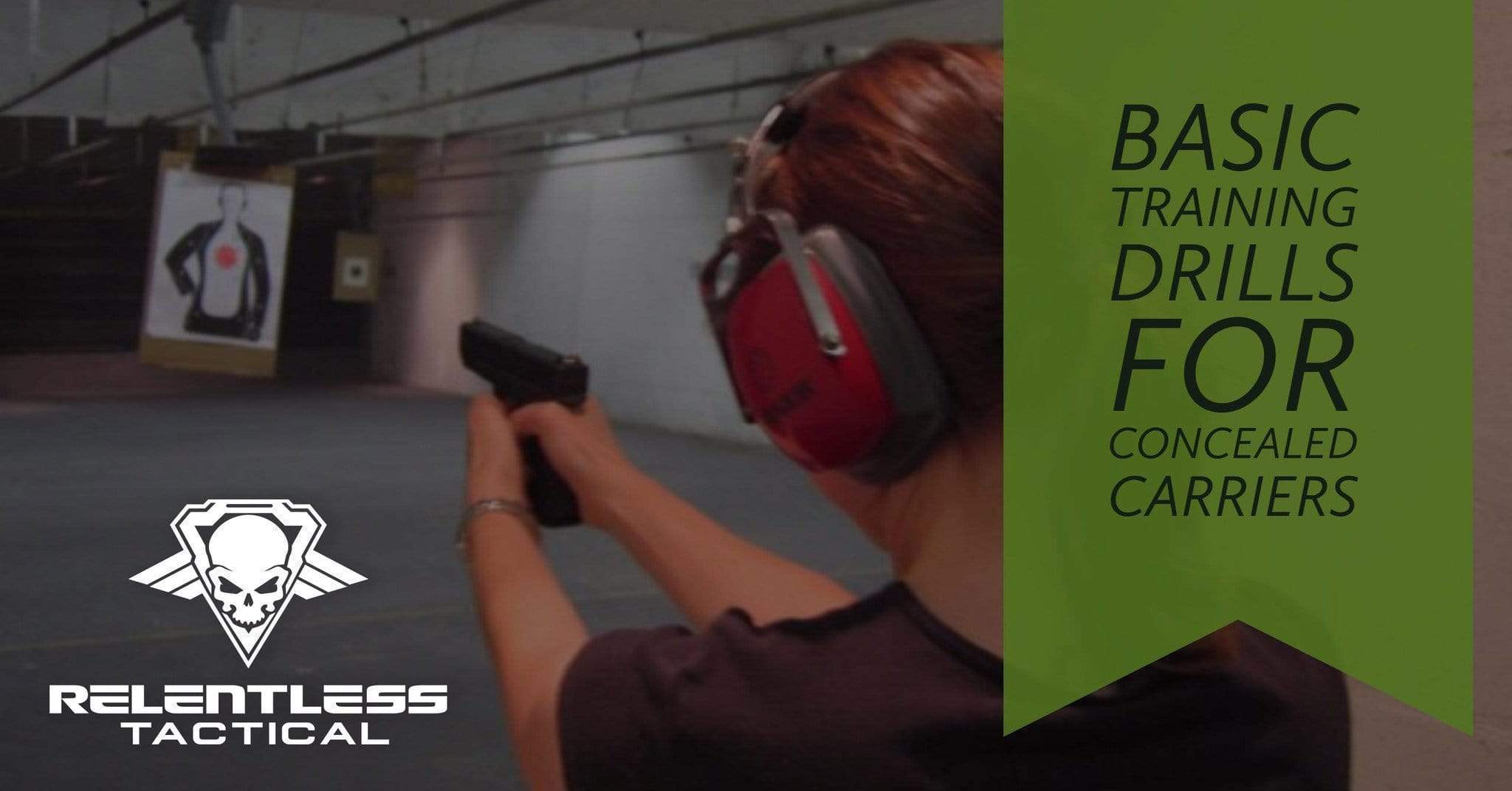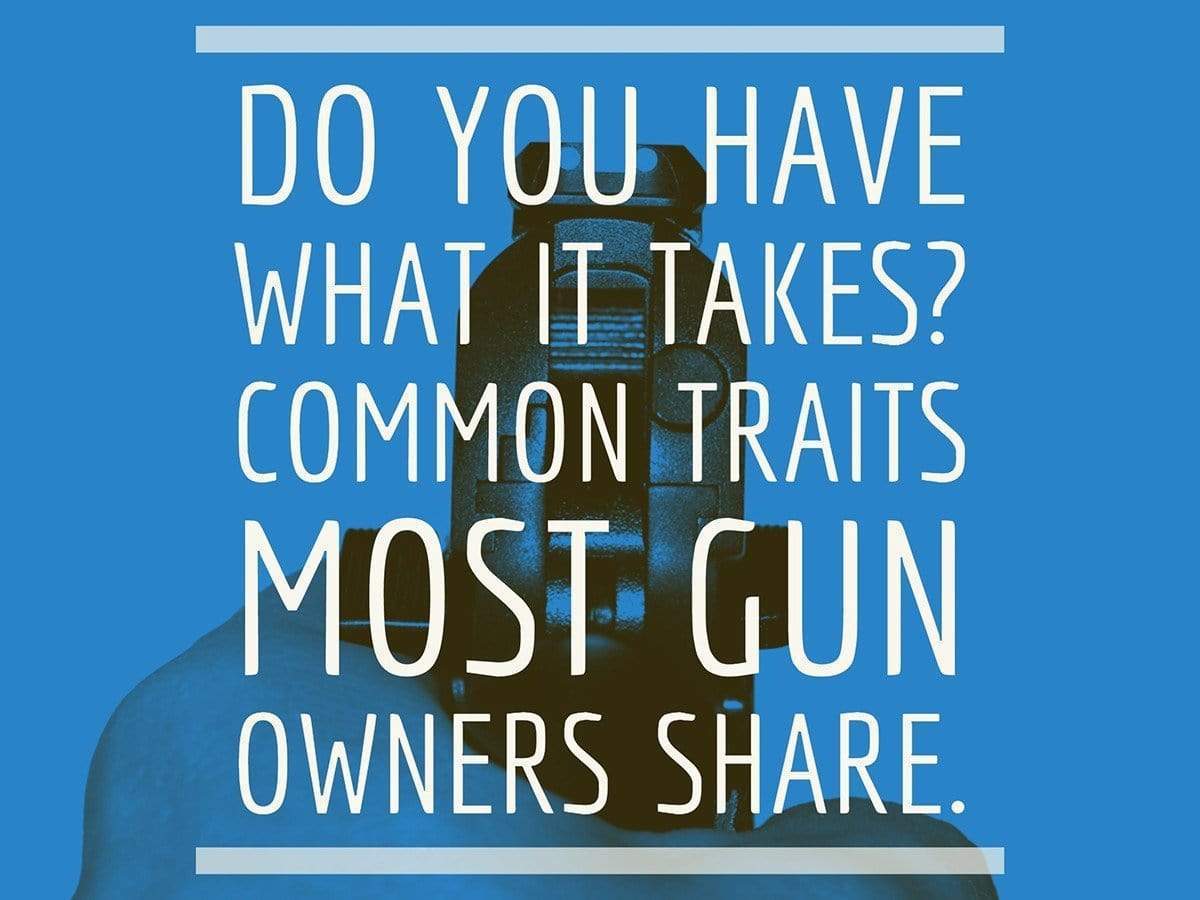Dry Fire Drills
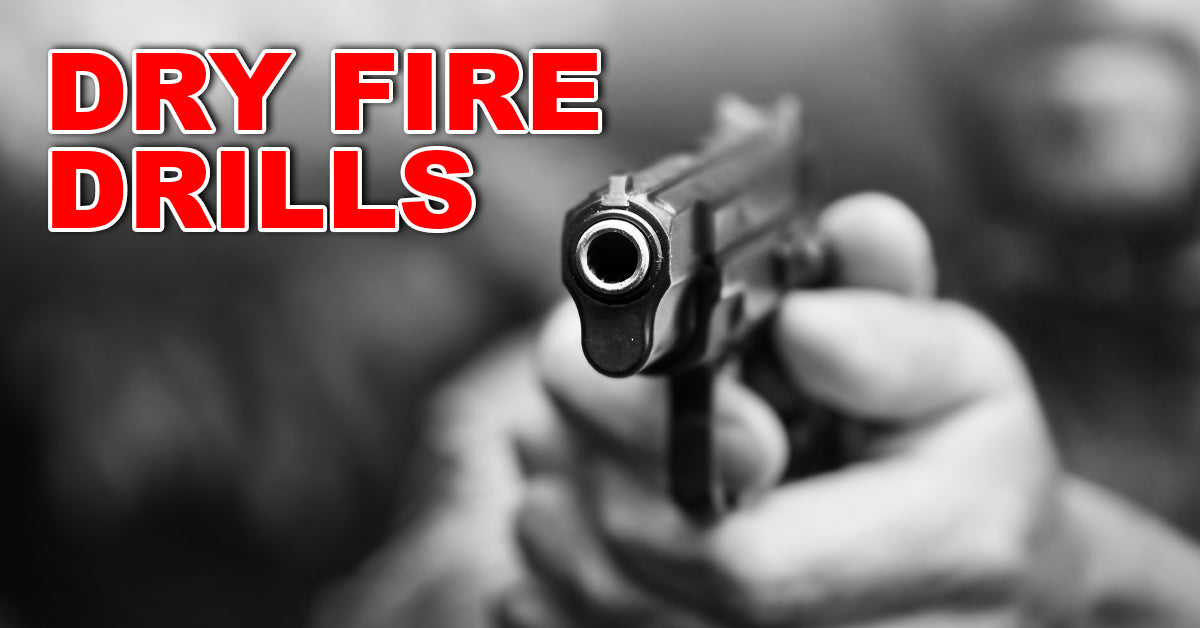
Bored With Dry Fire? Try These 2 Drills
If you have been reaping the rewards of dryfire, but have become bored with the same routine, here are some drills you can work into your sessions. We chose to put these two drills together because they focus on similar skills. To spice up your dryfire practice even more, add a shot timer to the mix and see how quick you can get.
A gun is a tool and thus is only useful if the user has the skills to wield it. Your proficiency will suffer if you do not have confidence in your ability to handle the gun under various conditions.
When conducting dryfire, ensure your firearm is unloaded with no live ammunition in the vicinity, and that you’re pointing the gun in a safe direction. Here we go:
1) Draw to first shot: The purpose of this drill is to work on speeding up your draw from concealment. You may ask, how is this working on firearm manipulation? Your draw is all about how you manipulate the gun.
Tips: Efficiency and consistency is the key, not frenetic movements. Here is the basic 5 step draw stroke. If you’re just learning this, practice it by the numbers, do not build bad habits by adding speed without first building the skill.
- Clear your cover garment with the non-dominant hand. Your non-dominant hand should be at the sternum. Establish a firm shooter's grip on the gun with the three fingers of the dominant hand. The trigger finger should be straight and thumb should be flagged over the back of the slide.
- Draw the gun straight up, and out of the holster.
- Rotate the gun toward the threat. (Appendix carriers will merge this step with step 4) If your gun has a manual external safety, this is where you disengage it.
- Bring the gun centerline toward your non-dominant hand and form a strong, two-handed (thumbs forward) grip. Bringing the gun up to eye level will allow you to pick up your sights earlier.
- Extend arms straight out toward the threat. Pick up your sights, while simultaneously taking up the slack on your trigger. If appropriate, break the shot.
Goal: Your goal is to draw your firearm, pick up your sights and squeeze off a shot. Times to look for; 2 seconds or under for good, 1.5 seconds and under for better, and sub-second for best.
2) Emergency reloads: Even if you don’t carry a spare magazine (which is totally up to you) practicing emergency reloads will help your overall skills. Breaking your grip, performing some function and then re-establishing your grip is a skill that you are also building during this drill.
Tips: Set up the gun with the slide locked to the rear with an empty magazine. In a second magazine, use a dummy round, mag block, or remove the spring and follower so that the slide can go forward. Spare magazines should be carried on the non-dominant side, with the bullet facing the strong side.
- Aim in and break a well-aimed shot. Break your two-handed grip. The support hand moves to the spare magazine, and the dominant hand brings the gun just below eye level. Rotate dominant hand palm toward your face. It is important not to keep the gun low as to cause you to look down while reloading.
- Draw the spare magazine, placing your index finger alongside the magazine with the tip of the index finger on or as close to, the bullet end of the top round. Simultaneously engage your magazine release and allow the magazine to drop free.
- Bring the spare magazine up and forcefully insert the magazine, making sure to seat the magazine. There are a couple of schools of thought on if you should glance at the gun while inserting the magazine, or keep your eyes solely on the threat. If you keep the gun up in your natural field of view, you're likely going to be able to cleanly insert the magazine more quickly and consistently, than not looking. But it’s your call.
- Use the non-dominant hand to grip the slide and send it forward. Or use the slide stop. We don’t care which one you choose, just make sure you’re able to do it. Some of the ultra-compact guns require a lot of pressure to release the slide. Extended slide stops are great, as long as they are not inadvertently engaged by a high grip.
- Reestablish your two-handed grip. Press the gun out, pick up your sights and break a shot.
Goal: Your goal is to reload your firearm, pick up your sights, and squeeze off a shot. Times to look for; 2 seconds or under for good, 1.5 seconds and under for better, and sub-second for best.
Important considerations: Make sure you pick up your sights and get a good sight picture before you break your shot. Speed is completely useless without accuracy. Additionally, ensure you are getting good reps. Meaning, make sure that your technique is sound. Lots of poorly executed reps will build bad habits. Use a shot timer's par time to figure out if you’re getting the shot off in time. A par time is just setting a predetermined time between beeps.
These are just some of the drills you can start adding to your dry fire routine that will get your hands used to running your gun. Stay safe.
Check out our Comfort Carry Leather Holster & Mag Pouch Combo. This is a great product to pair with your dry fire drills!

